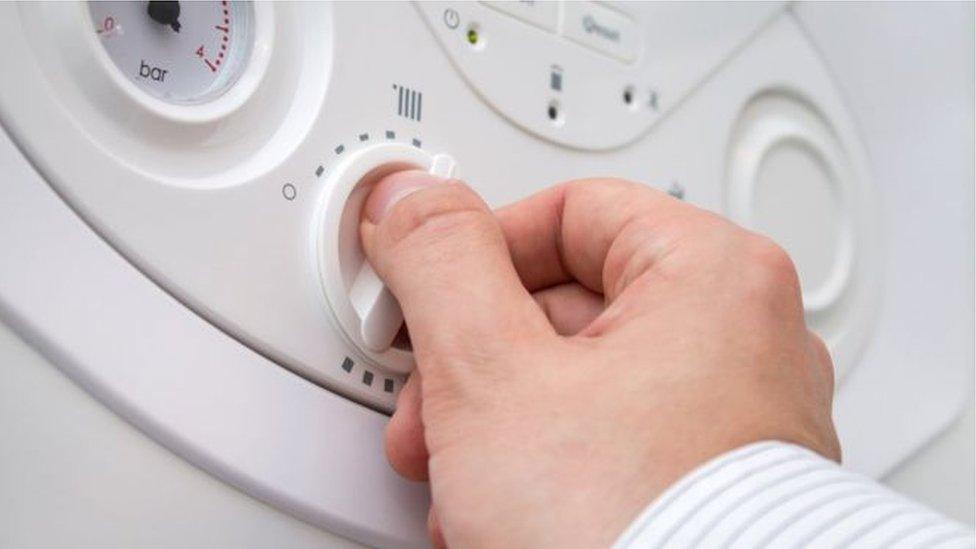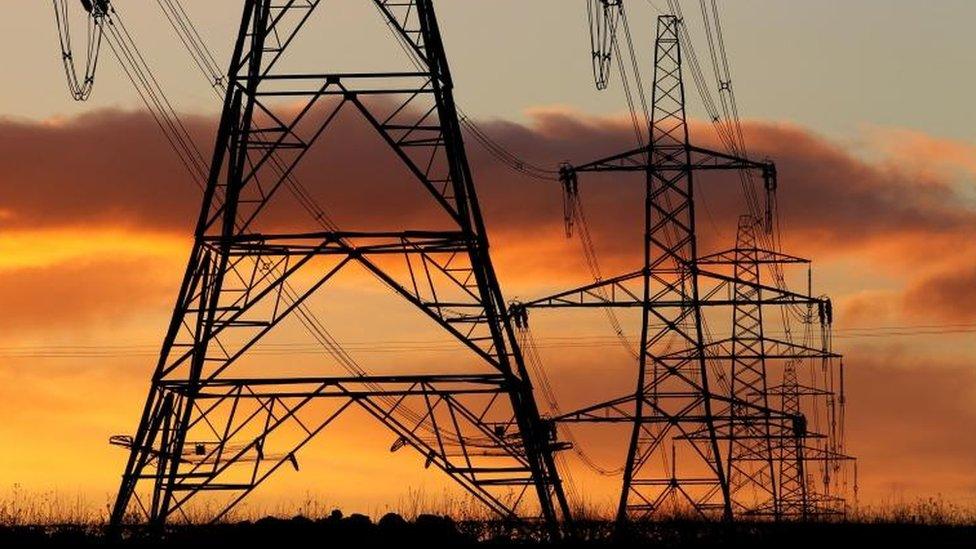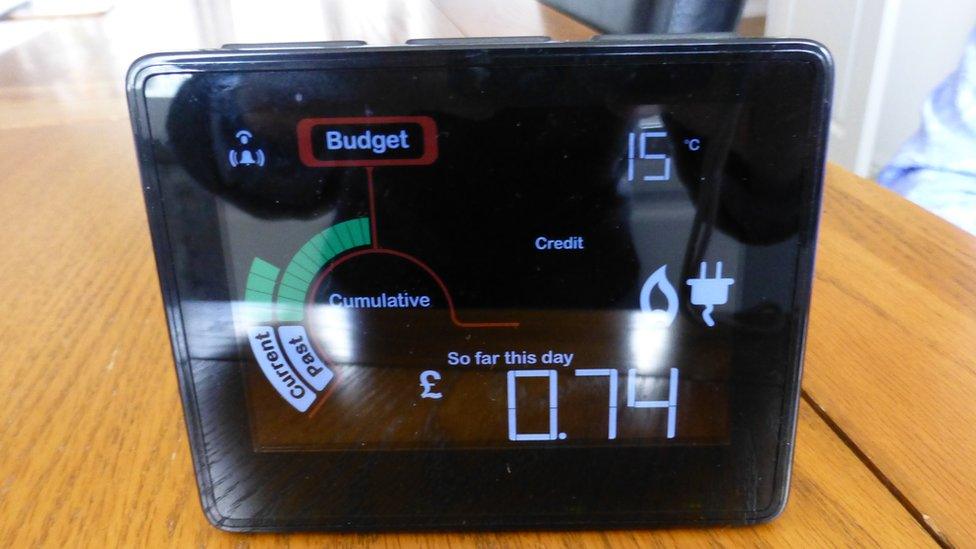Fuel prices: Turning up the heat
- Published

Energy companies are offering customers smart meters
Have you got your smart meter yet? I haven't. But we should all be getting the offer from energy utilities by 2020.
The idea is that it should save money, by informing us how we use energy, what costs lots, the benefiting of switching off, and other ways to stop the electronic digits flipping upwards.
That's particularly the case if there can be a shift to smart billing - charging rates according to the time of day or year, for instance as an incentive to time the washing machine for the early hours, when power can be provided more cheaply.
Yet for many, billing is already impossibly complex, and they're sticking with the standard variable tariff.
That's why the announcements of prices going up, which have come recently from nPower, EDF and Scottish Power, are not wholly unwelcome to those who want to see a more competitive market (SSE, trading as Scottish Hydro, isn't saying anything, yet, except repeating a price freeze that was good only until the end of 2016).
An increased standard variable tariff spreads the differential with fixed deals. It increases the incentive to seek out a better deal, either with your provider, or with another company.
It's true also that fixed deals are on the rise, but more competitively.
Energy analyst David Hunter, of Schneider Electric, notes that the standard variable tariffs did not fall nearly as fast as wholesale prices over the past three or so years. But he says the fixed deals tracked that change more closely, and more competitively.
Nuclear disruption
Around half the household fuel bill is explained by wholesale energy costs. While the price of gas has fallen over the past three years, partly tracking the fall in the oil price, it's risen again this winter.
There's more demand for burning gas in power stations, as coal-burners have been closed down and as this has been a subdued winter for wind strength.
Add to that some disruption to continental markets that often make up any shortfall in British supply, notably French nuclear, and a problem with subsea inter-connector itself.

Prices started rising early last year, and picked up pace with winter. That spike has subsided a bit, but the expectation is that it's going to keep rising.
Margins are tight, and all the expectation of a move away from fossil fuels for heating and transport will put more pressure on electricity generation.
Apart from that, around a quarter of your bill is the cost of the pipes and cables that get it to your home.
There are billing and collection costs. There is 5% VAT and around 5% of the bill is profit (at least from household supply - companies can make much bigger profits from producing and transmitting energy further upstream).
Then there is about a tenth of the bill that's the price of implementing government policy.
After years of being bombarded with criticism, energy utilities have got smarter at explaining that they are implementing choices made by government; to subsidise renewable energy, for instance, to pay for improved home insulation, and to provide support for those facing fuel poverty.
These are subsidies hidden from bill-payers. So is the smart meter being offered to 26 million homes. If they haven't already reached you, they'll tell you it's free. But you're paying for it, indirectly.
- Published10 February 2017

- Published26 March 2016
